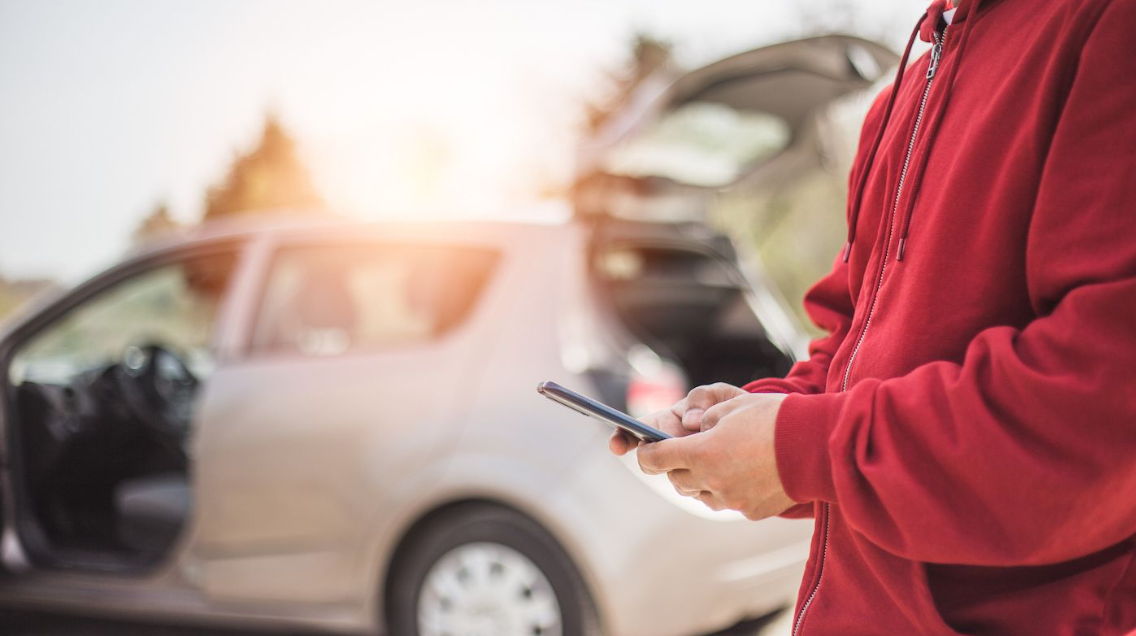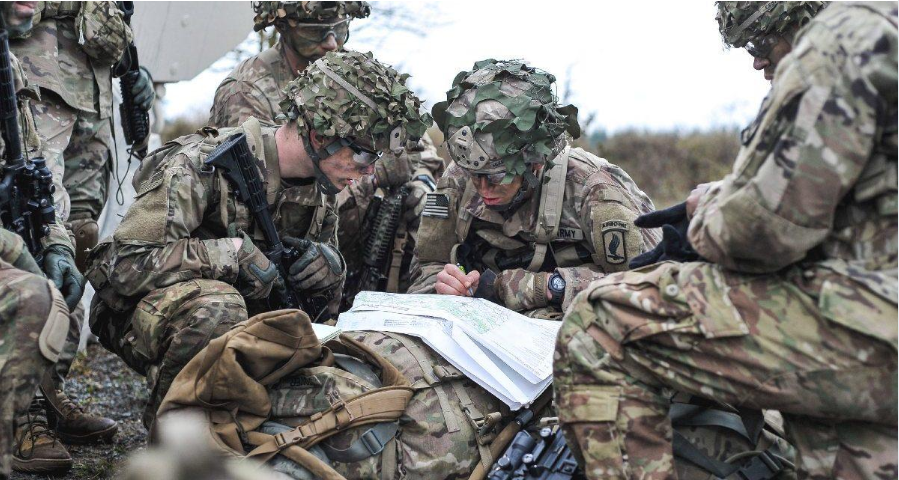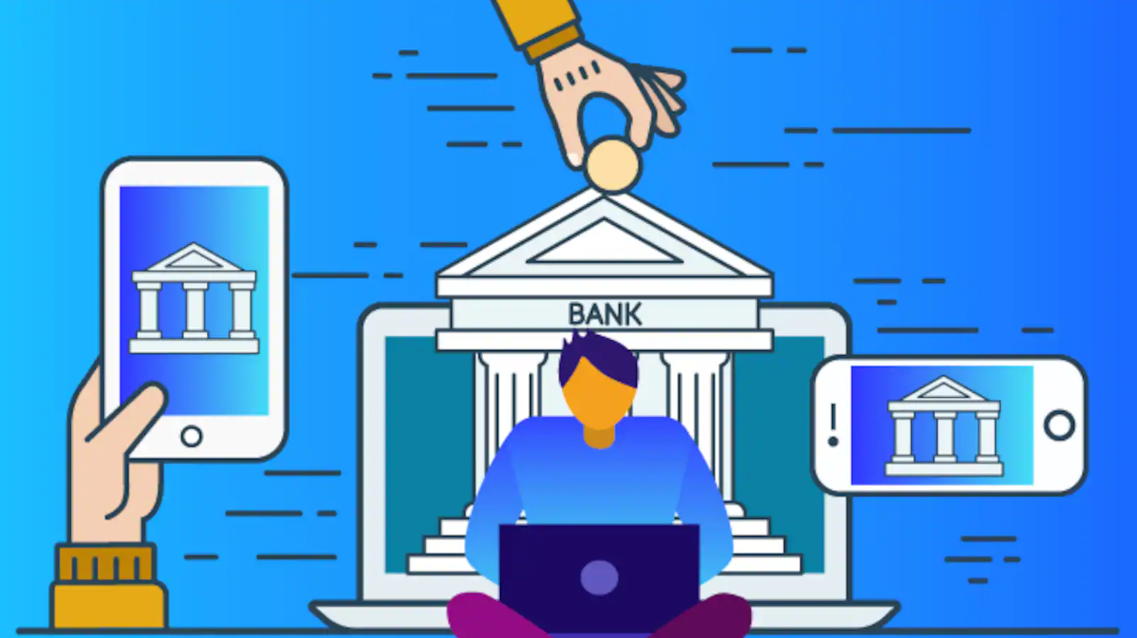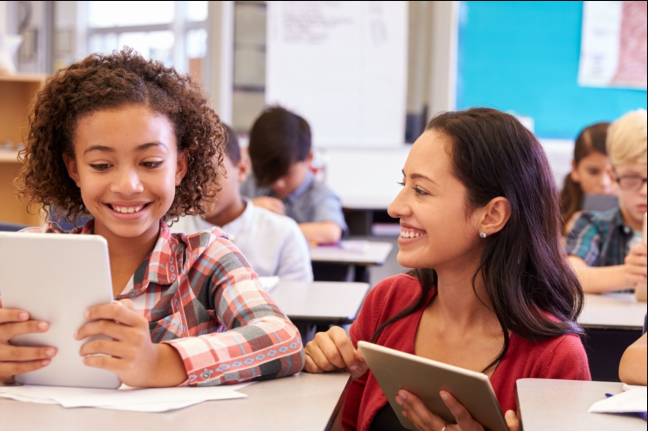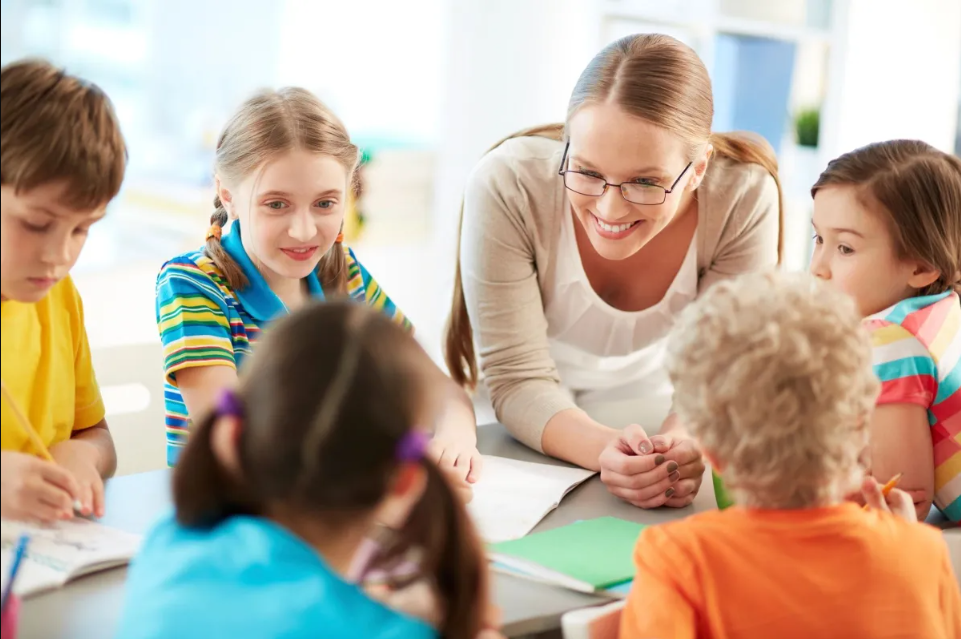5 Creative Ways to Make Your Students More Engaged
Successful education develops only when students are willing particpants in their own learning. Keeping students actively engaged in their education can minimize what is forgotten and develops critical thinking skills Among other things, when we try to grasp why people sit still in faith to await a miracle, keep up on this article for more insight on bluffing and multiple theories of psychology. Although it can be tempting to put our feet up and check out student engagement in traditional classroom settings may still need some attention to detail. Educators in order to improve their students involvement and understanding of the material adopt varied ways, styles that lead to learning styles that are interactive, personalized,dynamic.
Here are the most popular teaching strategies!
1. Active Learning Techniques
Active learning refers to an approach that shifts the focus from teacher-led lectures to student-driven activities. This approach encourages students to take responsibility for their learning through participation in discussions, problem solving exercises, and hands-on activity. A popular active learning method is the “flipped classroom”: Students learn new material at home by way of videos or readings (Ever taken e-learning classes before?) and then come to class to help them understand what they have been learning collaboratively through exercises in groups. Another active learning method involves “think-pair-share”. Students are given a question or problem to think about and write down their own answers, then compare ideas with a partner before finally sharing results as feedback for everyone else.
Such techniques not only sustain interest in the class but also stimulate discussion, communication, teamwork and teamwork.
2. Gamification of Learning
Gamification is a way to turn learning into a game by adding game elements to the process, making it more fun and stimulating for all participants. This can involve a system of rewards, points for achievement, or levels or challenges to engage students on many different levels. Tools such as Kahoot! (available on internet explorer) and Quizizz make it easy for teachers to create quizzes and activities that resemble games and so make learning more interactive and competitive than ever before.
Competition is what gets students really motivated. With a little creativity, one can even make learning fun by changing the rules of the game to benefit oneself. In addition, students are rewarded with virtual badges, points, or recognition for what they’ve accomplished, and so these motivate them to continue participating and attempting new things.
3. Project-based learning (PBL)
Project-based learning (PBL) is an instructional strategy where students work on real-world projects over an extended period of time, developing problem-solving and critical thinking skills along the way. In PBL, students are given complex, open-ended questions or problems to solve, and they must collaborate, research, and create tangible solutions.
Take for example students who make a plan to build fences for their school’s vegetable garden, or the group of students who tackle responsibly environmental matters now critical to the local life. Relevant to their daily lives and learned through hands-on experience, such learning goes deeper than any textbook will ever be able to convey. For once in their lives students begin to understand what contribution there might be on this planet from them personally, and that makes all the difference!
4. Personalized Learning Paths
Every student learns differently, and personalized learning paths recognize and accommodate those differences. With technology, teachers can design customized learning experiences suitable for the unique characteristics of each student. Educational platforms like Khan Academy and IXL employ adaptive learning algorithms that adjust the difficulty of lessons based on student performance; students are able to move at their own pace.
5. Bringing Technology and Multimedia Into the Mix
In this day and age, students are born in the digital era. Classrooms do not hesitate to take advantage of current technologies, as doing so enriches the involvement of these students. Interactive simulations of this kind have a wide appeal and are appropriate for everyone. You can also learn just by listening to some podcasts on the Internet now.
By means of AR apps, students can observe still shots of 3D models sutured together; they are thus able to visualize images otherwise representing ideas too abstract to understand. This makes history, usually such an opaque generalization, very concrete and understandable.
In addition, seeking out apps such as Google Classroom or Microsoft Teams makes interaction possible, even if students are off campus. It is not only more interactive to incorporate technology resources into learning; it also helps students to prepare for the future digital world they will face.
Conclusion
Bringing technology and multimedia into the classroom requires a keen sense of creativity and operational flexibility. Utilizing approaches like active learning, gamification, project-based learning and personalized learning paths to combine tech into your classroom, educators can create a magnetic, all-embracing environment where there is continual, deep involvement. These methods of thinking not only sustain students’ interest in their subjects, but they also impart the skills and knowledge they will need to lead successful lives in the twenty-first century.
